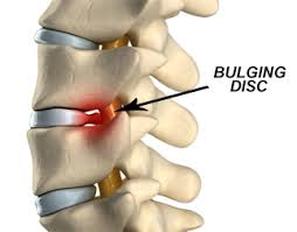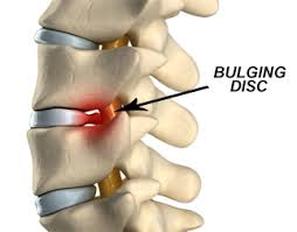
This blog is going to be a little dense. But it is worth sifting through if you have suffered a disc bulge recently, or even in the past.
Here’s the punchline, your lumbar disc bulge may have disappeared if you get your back scanned again in a years’ time.
In fact, it probably will. One study found that those with disc bulges had the following percentage of disc regression or complete re-absorption.
In one literature review, the rate of spontaneous regression was found to be 96% for disc sequestration, 70% for disc extrusion, 41% for disc protrusion, and 13% for disc bulging. The rate of complete resolution of disc herniation was 43% for sequestrated discs and 15% for extruded discs (https://doi.org/10.1177%2F0269215514540919).
So, which one have you got?
I can’t tell you without seeing your scans but it’s likely your GP, Specialist, or Exercise Physiologist can let you know if they have a copy of your scan result or report. This website is a good educational tool to learn about the types of disc bulge classification and can help you understand your scan report.
http://www.radiologyassistant.nl/en/p586e67dab68a4/spine-lumbar-disc-nomenclature-20.html
Spontaneous regression of herniated disc tissue can occur, and can completely resolve with conservative treatment. Patients with disc extrusion and sequestration had a significantly higher possibility of having spontaneous regression than did those with bulging or protruding discs.
So why does this matter and why am I posting about it?
Spontaneous regression can happen with conservative treatment. Conservative treatment is exercise based therapy such as Exercise Physiology. The alternative is surgery. Surgery is necessary in some cases where symptoms are unrelenting and severe or causing complex neurological symptoms like loss of bowel function, or significant muscle wastage. However, surgery cannot be undone and carries a lot of risk and expense compared to conservative treatment.
Most modern doctors and medical professionals recommend conservative treatment as the first step for treatment, and then surgery as a last resort.
What’s even more interesting?
It is comforting to know that the disc bulge is likely to reduce by itself, however, it is important to note that even if it doesn’t you may find that with conservative treatment your pain is able to be managed to a point where it won’t affect your daily life. Many people live with disc bulges for their entire lives, and some of them never even know they have one. So, don’t stress about the scan, stay active, and if you are having back pain – seek help from a qualified Exercise Physiologist who can offer you an evidence-based rehab program that can bring that pain under control.


